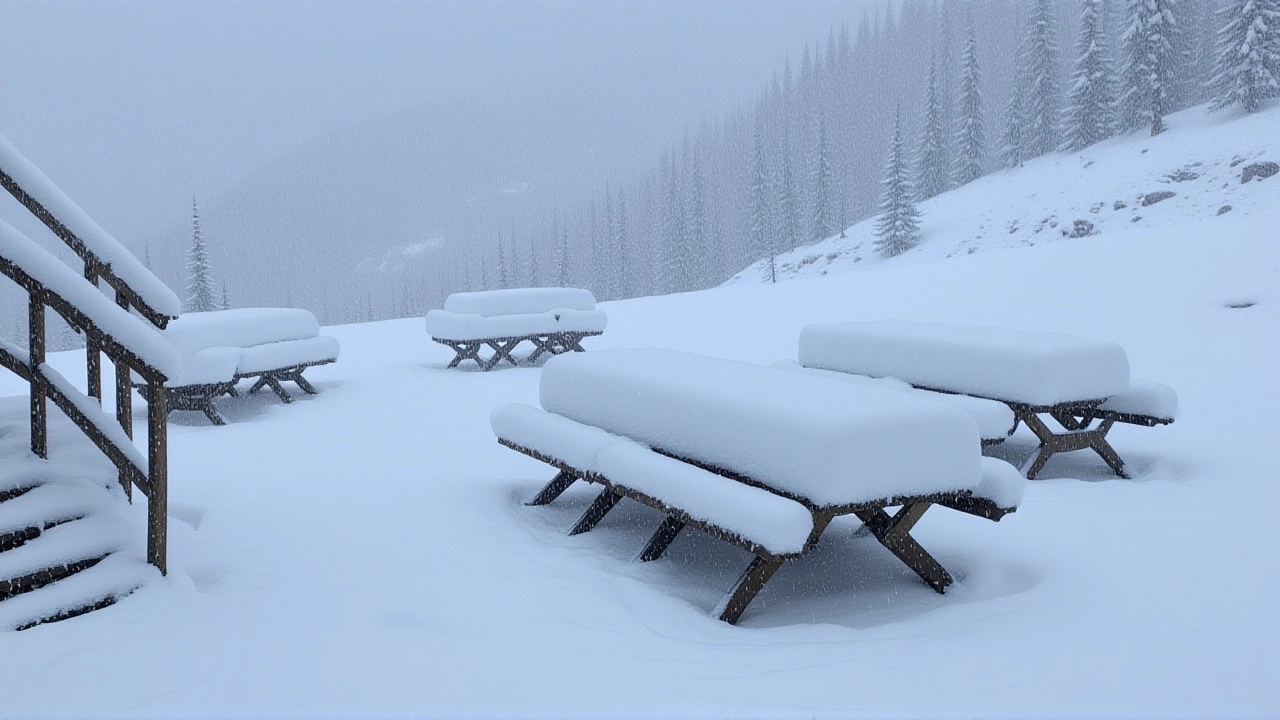World News: Snow, Climate Shifts and More
When we talk about World, the planet’s collective environment, societies and events that affect people everywhere. Also known as global sphere, it constantly reacts to natural forces and human actions.
One striking example this season is early snowfall, a weather event where snow accumulates on the ground in the Alps, the extensive mountain range crossing Austria, Switzerland, Italy and several other nations. The unexpected white blanket has sparked a surge of excitement at ski resorts while also tripping power grids in Serbia and Bosnia. This shows how the World links mountain weather to everyday life down in the Balkans.
Why did the Alps get snow so early? Scientists point to a shift in jet streams, fast flowing upper‑atmosphere winds that steer weather systems across continents. When those streams dip farther south, cold air can plunge into Central Europe ahead of schedule. In turn, that cold air meets moist Atlantic currents, creating the perfect recipe for snow. The same jet‑stream patterns also affect rainfall and temperature trends in far‑off regions, proving that a single atmospheric river can shape conditions across the entire World.
But the story isn’t just about a quirky forecast. The early snow is a reminder of ongoing glacier loss in the Alps. Glaciers act like natural water reservoirs, releasing meltwater during summer months. As they shrink, the landscape’s ability to store and regulate water diminishes, which can amplify flood risks later in the year. Moreover, less ice means the mountain range reflects less sunlight, a feedback loop that can intensify local warming. This link between snowfall, glacier health and regional climate highlights the interconnectedness of Earth’s systems.
What This Means for Communities Below
For residents of Serbia and Bosnia, the sudden snowfall triggered power outages that left towns in the dark. The outages underline how vulnerable energy infrastructure can be to extreme weather. In many parts of the Balkans, power lines still run above ground, making them easy targets for snow‑laden trees or ice. Upgrading to underground cables or reinforcing the grid would reduce the risk, but such projects require significant investment and political will. The episode serves as a clear illustration of how a high‑altitude weather event can ripple down to affect daily life in distant valleys.
Tourism operators in the Alps have welcomed the early powder. Ski schools are opening lessons weeks ahead of schedule, and hotels report a surge in bookings. Yet, the same early snow can also create avalanche hazards if the snowpack becomes unstable. Avalanche control teams are already deploying explosives and probing the slopes to keep skiers safe. This duality—opportunity for tourism alongside safety challenges—captures the delicate balance that mountain economies must manage.
Looking ahead, climatologists warn that such early snow events may become more erratic as the climate continues to change. Warmer winters could mean fewer snow days overall, but when snow does fall, it might arrive in sudden bursts driven by altered jet‑stream behavior. Monitoring these patterns helps governments and businesses prepare for both the economic upside and the infrastructural risks.
So, what’s the takeaway for readers exploring the collection of articles below? You’ll find deeper dives into each of these themes: the science behind jet streams, the status of Alpine glaciers, the resilience of Balkan power grids, and the economic ripple effects on ski tourism. Whether you’re a climate enthusiast, a traveler planning a winter getaway, or a local policymaker, the stories here connect the dots across the World and show how a single weather event can echo far beyond the mountains.
Ready to see how these threads weave together? Below you’ll discover a curated set of posts that break down the data, share expert insights, and highlight real‑world impacts. Dive in and see how early snowfall, jet‑stream shifts, and glacier trends shape the world we live in today.
 Nov, 26 2025
Nov, 26 2025


